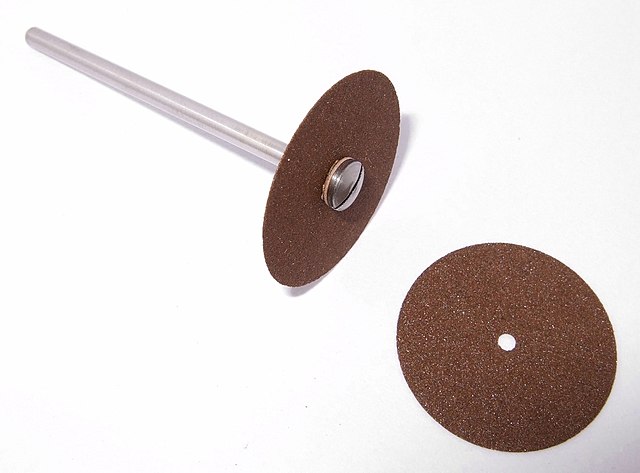Ceramic engineering is the science and technology of creating objects from inorganic, non-metallic materials. This is done either by the action of heat, or at lower temperatures using precipitation reactions from high-purity chemical solutions. The term includes the purification of raw materials, the study and production of the chemical compounds concerned, their formation into components and the study of their structure, composition and properties.
Simulation of the outside of the Space Shuttle as it heats up to over 1,500 °C (2,730 °F) during re-entry into the Earth's atmosphere
Bearing components made from 100% silicon nitride Si3N4
Ceramic bread knife
Leo Morandi's tile glazing line (circa 1945)
A ceramic is any of the various hard, brittle, heat-resistant, and corrosion-resistant materials made by shaping and then firing an inorganic, nonmetallic material, such as clay, at a high temperature. Common examples are earthenware, porcelain, and brick.
Silicon nitride rocket thruster. Left: Mounted in test stand. Right: Being tested with H2/O2 propellants.
Earliest known ceramics are the Gravettian figurines that date to 29,000–25,000 BC.
Corded-Ware culture pottery from 2500 BC
Cutting disks made of silicon carbide








